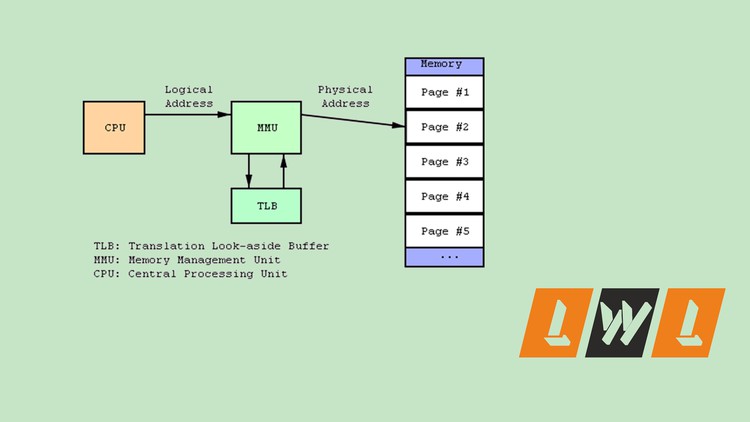Memory Management in Linux Kernel

Why take this course?
🚀 Linux Kernel Programming - Memory Management in Deep 📚
Course Description:
Are you ready to dive deep into the world of Linux Kernel Memory Management? This comprehensive course is tailored for developers and system programmers who aim to understand the intricacies of memory handling within the Linux kernel. With a focus on practical knowledge and real-world examples, you'll gain insights that will empower you to master memory management techniques.
What will you learn from this course?
- Physical & Virtual Address Spaces: Explore the physical address space of processors and learn how to inspect it within Linux. Understand the concept of virtual memory and its division between kernel and user space.
- Pages, Page Faults & Conversions: Discover how Linux handles pages and page faults, and learn the methods for converting virtual addresses into physical addresses using format specifiers.
- Low Memory & High Memory: Learn to manage low and high memory zones effectively within the kernel.
- Memory Allocation Mechanisms: Get hands-on experience with the Buddy Allocator, understand the output from
/proc/buddyinfo, and learn about dynamic memory allocation strategies in Linux. - Dynamic vs. Static Memory Allocation: Explore the differences between dynamic and static memory allocations within the kernel, and understand the various flags that affect memory allocation, such as
GFP_KERNEL,GFP_ATOMIC, andGFP_DMA. - kmalloc & vmalloc: Understand the use cases for
kmallocandvmalloc, and learn what happens when you pass 0 as an argument to these functions. - Kernel Stack: Delve into the kernel stack and its importance in memory management.
API's covered in this course:
- virt_to_phys & phys_to_virt: Learn how to translate between virtual and physical addresses using these essential functions.
- kmalloc, kfree, krealloc, ksize: Master the dynamic memory allocation functions
kmalloc,kfree,krealloc, andksize. - vmalloc & vfree: Understand the use of
vmallocfor large memory allocations and how to free that memory withvfree.
Commands used in this course:
- qemu-system-x86: This command is a virtualization tool that will be used to simulate and experiment with different environments.
🔍 Hands-On Learning Experience: Throughout the course, you'll engage with practical exercises, real-world examples, and hands-on activities that will solidify your understanding of Linux Memory Management. By the end of this course, you'll have a robust grasp of how to manage memory within the Linux kernel, enabling you to write more efficient, secure, and stable applications.
Who is this course for? This course is designed for:
- Software engineers and developers who want to understand or improve their knowledge of Linux Memory Management.
- System programmers looking to enhance their skills in Linux kernel development.
- DevOps professionals aiming to optimize system performance and troubleshoot memory-related issues.
- Security enthusiasts interested in the low-level aspects of the Linux system.
Join us on this journey to conquer the complexities of memory management within the Linux Kernel and elevate your programming skills! 🌟
Loading charts...